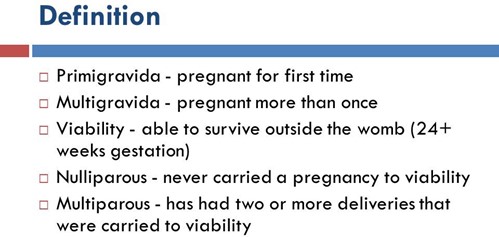What action should the nurse take first when a client is inadvertently given an incorrect dose of a medication?
Notify the healthcare provider.
Document the events leading to the error in the nurse's notes.
Complete an incident report documenting the facts.
Assess the client for any adverse effects.
The Correct Answer is D
A) Incorrect- While notifying the healthcare provider is an important step to take after an error, it's not the first action the nurse should take. The immediate concern is the client's safety and well-being, so assessing the client for any adverse effects of the incorrect dose is the priority.
B) Incorrect- Documentation is important, but it's not the first action to take after administering an incorrect medication dose. The nurse should prioritize assessing the client for any adverse effects and ensuring their immediate safety.
C) Incorrect- Completing an incident report is an important step to document errors and prevent future occurrences, but it's not the initial action to take. First, the nurse should focus on the client's well-being by assessing for adverse effects.
D) Correct- Assessing the client for any adverse effects is the immediate priority when an incorrect dose of medication has been administered. The nurse's first concern is the safety and health of the client. Once the client's condition has been assessed and stabilized, further actions can be taken, such as notifying the healthcare provider and completing incident reports.
Nursing Test Bank
Naxlex Comprehensive Predictor Exams
Related Questions
Correct Answer is A
Explanation
When a primigravida client confides in the practical nurse (PN) about being in an abusive relationship, the primary concern is the safety and well-being of the client and her unborn child. Providing contact information for a women's shelter is the most appropriate response in this situation. Women's shelters provide a safe haven for individuals experiencing domestic violence and can offer immediate assistance, including shelter, counseling, legal support, and other resources.
Let's evaluate why the other options are incorrect:
B. Safety plan to keep in a purse at all times:
While a safety plan is essential for individuals experiencing domestic violence, providing a safety plan alone may not address the immediate danger the client is facing. It is crucial to prioritize the client's safety by connecting her with a women's shelter where she can receive comprehensive support.
C. Visit summary documenting the report of abuse:
While it is important to document any reports of abuse, providing a visit summary alone does not address the urgent need for the client's safety. Documentation can be helpful for future reference, but immediate action should be taken to ensure the client's well-being.
D. Paperwork needed to file a restraining order:
Filing a restraining order is a legal step that may be necessary in cases of domestic violence, but it should be pursued after ensuring the client's immediate safety. Providing paperwork alone does not address the client's immediate need for a safe environment. Connecting the client with a women's shelter is a more appropriate course of action to ensure her safety and well-being.

Correct Answer is B
Explanation
The Herpes zoster (shingles) vaccination is recommended for adults aged 60 years and older, regardless of whether they have had shingles or chicken pox before. The vaccine can reduce the risk of developing shingles and its complications, such as postherpetic neuralgia.
The other options are not correct because:
a. The vaccine is useful even if the person has had a case of shingles before, as shingles can recur in some people. The vaccine can prevent or reduce the severity of future episodes.
c. The person needs to get this vaccination even if they have had chicken pox, as shingles is caused by the reactivation of the same virus that causes chicken pox (varicella-zoster virus). The vaccine can boost the immunity against the virus and prevent it from reactivating.
d. The vaccination does not minimize outbreaks of cold sores, as cold sores are caused by a different virus (herpes simplex virus). The vaccine has no effect on this virus or its symptoms.
Whether you are a student looking to ace your exams or a practicing nurse seeking to enhance your expertise , our nursing education contents will empower you with the confidence and competence to make a difference in the lives of patients and become a respected leader in the healthcare field.
Visit Naxlex, invest in your future and unlock endless possibilities with our unparalleled nursing education contents today
Report Wrong Answer on the Current Question
Do you disagree with the answer? If yes, what is your expected answer? Explain.
Kindly be descriptive with the issue you are facing.
